
MENUMENU
TALK TO AN EXPERT
Special Hours: 7AM – 6PM PST
TALK TO AN EXPERT
Special Hours: 7AM – 6PM PST
Do you have solar? Are you thinking of installing solar? If you’re neck-deep in solar panel research, you might want to know how solar panels actually work.
After all, the concept of harvesting energy from the sun can seem like literal magic, but we’re here to tell you that it’s much easier to understand than you think!
Let’s dive into what solar energy is, how a solar panel works, and how we can use this harvested energy.
Let’s start from the beginning. Almost all energy we use here on earth, with the exception of nuclear power, was originally solar energy. Yep, even gasoline got its energy millions of years ago from the sun. Solar panels shortcut the millions of years waiting period and turn it into immediate electricity for our use.
Solar energy is simply energy that’s converted from the sun’s rays into DC (Direct Current) electricity. This happens when sunlight hits the cells on a solar panel (also known as photovoltaic cells).
The DC electricity can then either be used directly from the solar panel or stored within deep cycle batteries, like our Battle Born series of lithium, for later use. The panels can also invert the DC electricity to AC (Alternating Current) energy for household use.
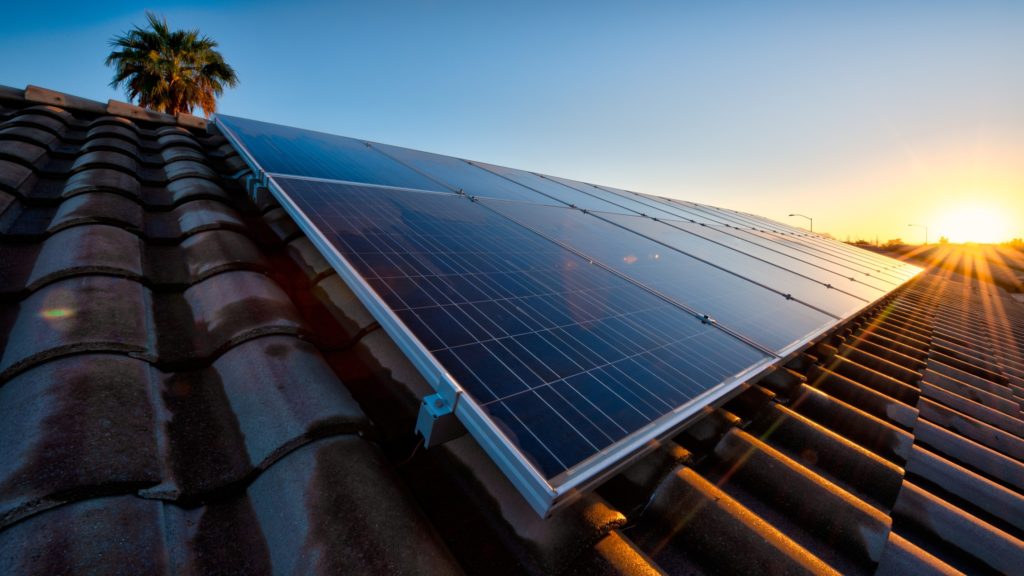
Now that we understand what solar energy is, let’s explore all the different parts of a solar panel. This will help us understand exactly how they convert sunlight into usable electricity.
Solar cells are the bread and butter of a solar panel: They actually do the dirty work of converting UV rays into DC electricity. The solar cells make up the face of the solar panel, and they typically have a black or bluish hue, depending on the type of the panels.
Solar cells use silicon or another material with photovoltaic properties in their construction. When sunlight hits these cells, it creates an electric current by a process called the Photovoltaic Effect.
So, if the cells convert sunlight into electricity, how does that electricity get to where it needs to go? This is where busbars come in. Busbars are thin strips of copper or aluminum that run on and between the cells. They function as conductors to collect and channel the DC energy to the junction box and wires. The busbar layout also will determine the voltage of the panel. The more cells connected in series, the higher the voltage.
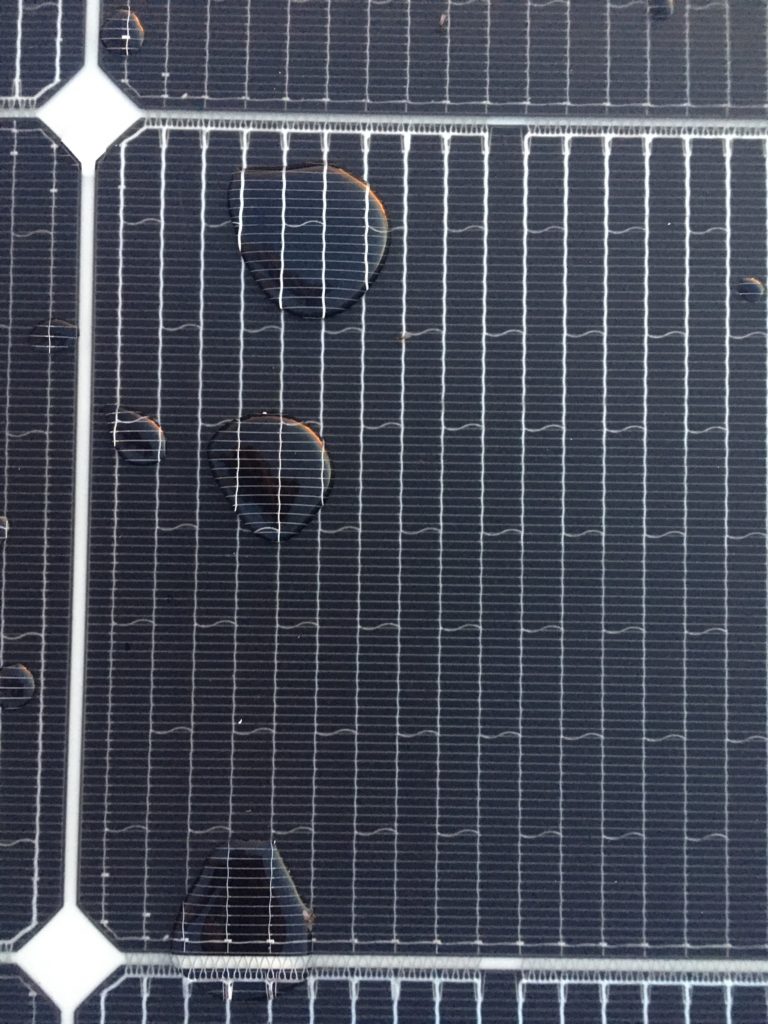
An important thing to remember when thinking about how solar panels work is that none of these important elements remain exposed. Just like the wires that run through your walls, the busbars and solar cells sit encased within a protective covering that shields them from the elements so they can conduct electricity properly. Solar cells are typically encased in stiff sheets of glass or plastic that are unaffected by UV rays, while the busbars are coated in plastic, creating a route called busways.

Another essential part of a solar panel is the junction box. The junction box is where all the internal wiring meets. This box protects the wiring from the outside environment.
Bypass diodes within the junction box ensure the electricity flows in one direction and not back into the cells themselves. This is a critical part of the solar panel because it makes it possible to connect multiple panels together or directly to the solar inverter.
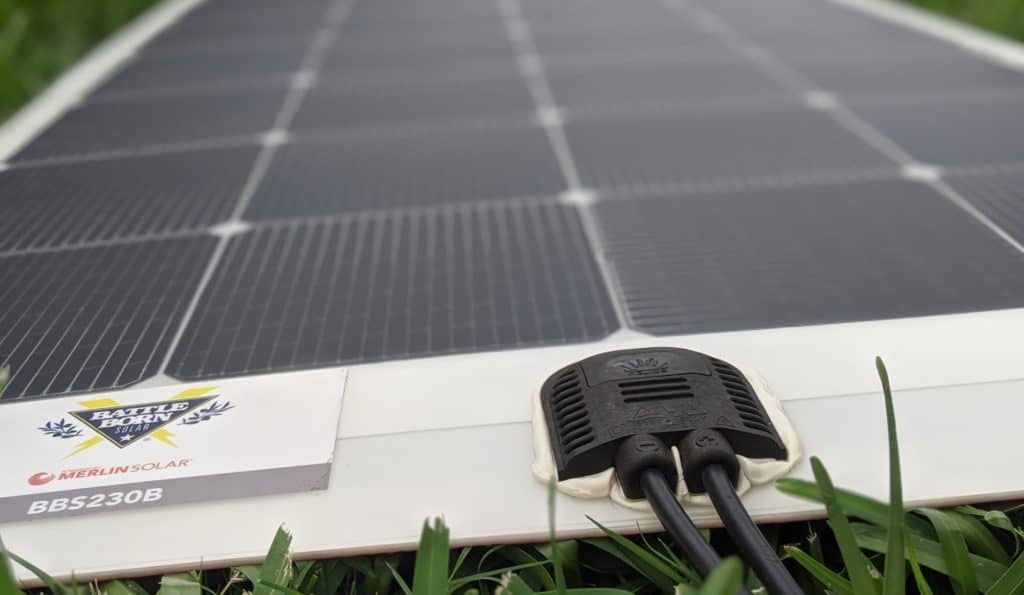
This is all great in terms of how a solar panel works, but what actually happens within the solar panel when light hits the cells? Essentially, the panel consists of layers of solar cells. Each layer is “doped” to create a positive/negative junction.
In other words, one layer will have a positive charge (and thus a lack of electrons), while the next layer will have a negative charge (and thus an excess of electrons)
Where the different layers meet is called a PN junction and creates a zone within the cell that lacks a charge, known as a depletion zone. When sunlight hits the cells, photons knock electrons across this barrier causing electrons to flow from negative to positive, generating voltage.
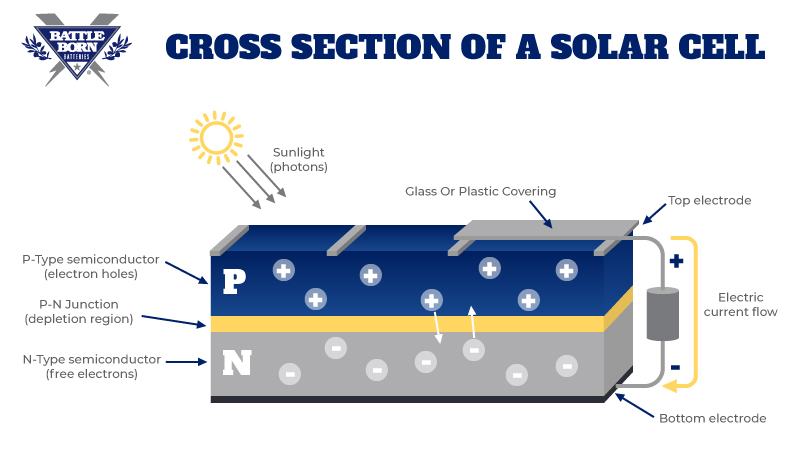
→ Need a refresher on volts? We suggest reading: What are Volts and Why Do They Matter?
The voltage that a solar panel produces depends entirely on how many cells it contains. The smallest panels only have 32 cells, producing about 14.72 volts. Nevertheless, most solar panels will produce between 18 and 80 volts.
This doesn’t mean that you’re limited to 80 volts, however. It’s entirely possible to connect multiple panels to generate hundreds (or even thousands) of volts.
For anything and everything, really! As we mentioned before, solar panels create DC electricity. While DC is not what we use in our households, it has many uses. For example, unlike AC electricity, you can store DC for later use, making it perfect for charging batteries. This is why it’s important to understand how solar panels work.
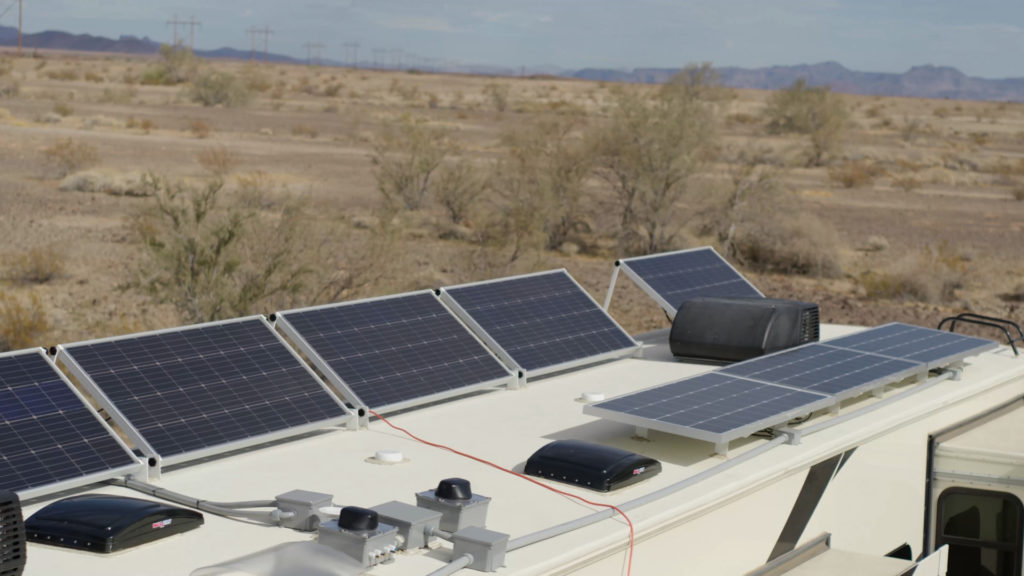
In contrast, AC electricity is what we all use in our day-to-day lives, it’s what runs through the power grid and what powers our appliances. In order to convert DC electricity into usable AC electricity, we simply need an inverter. This will make the energy that solar panels creates useful for any purpose, as long as there’s enough power and a big enough inverter.
→ Starting a new solar project? Find out How Much Solar You Need to power your lifestyle or hobby.
Sometimes, the concept of solar energy can seem like magic. It’s easy to understand that sunlight is energy, but comprehending how these systems turn the sun’s rays into usable electricity can be baffling. Luckily, we can easily understand how solar panels work simply by understanding their components. It’s not magic — it’s just science!
Do you have any questions about how solar panels work? Drop them in the comments below!
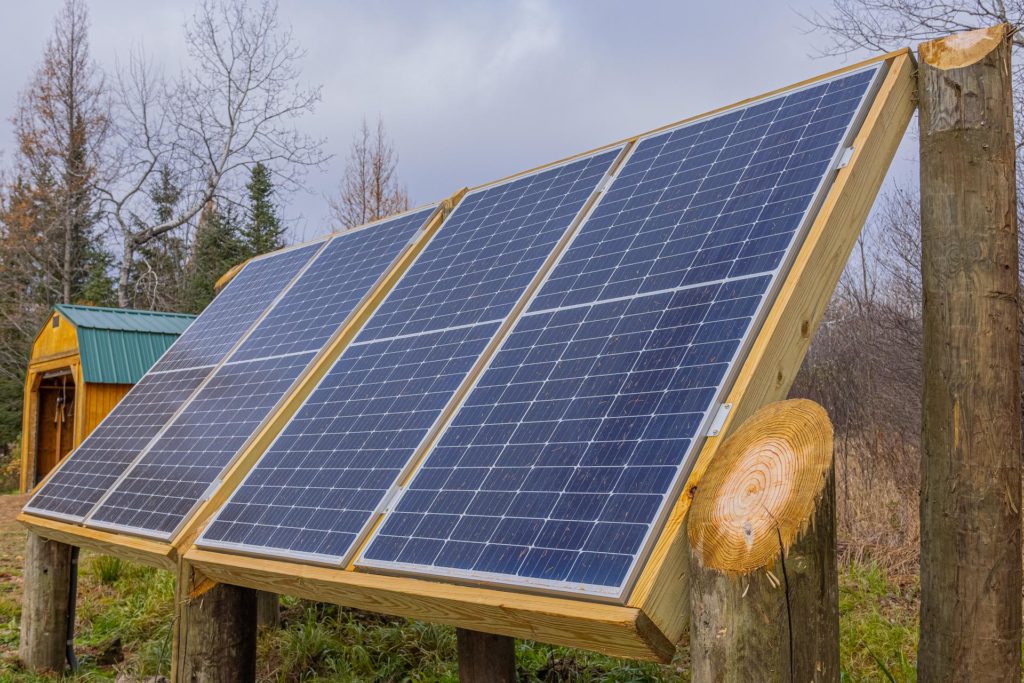
We know that building or upgrading an electrical system can be overwhelming, so we’re here to help. Our Reno, Nevada-based sales and customer service team is standing by at (855) 292-2831 to take your questions!
Also, join us on Facebook, Instagram, and YouTube to learn more about how lithium battery systems can power your lifestyle, see how others have built their systems, and gain the confidence to get out there and stay out there.
Shop Best Sellers

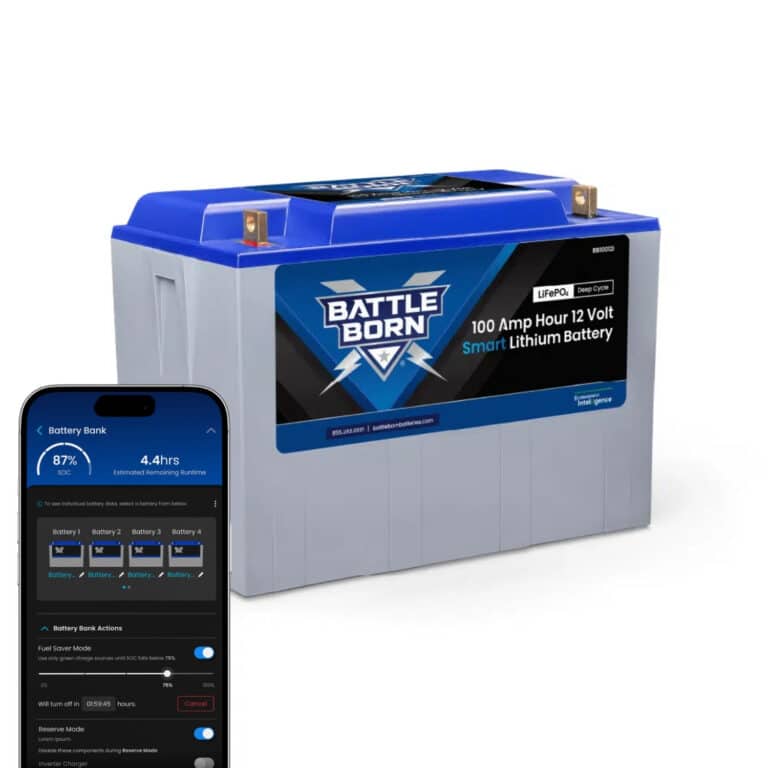

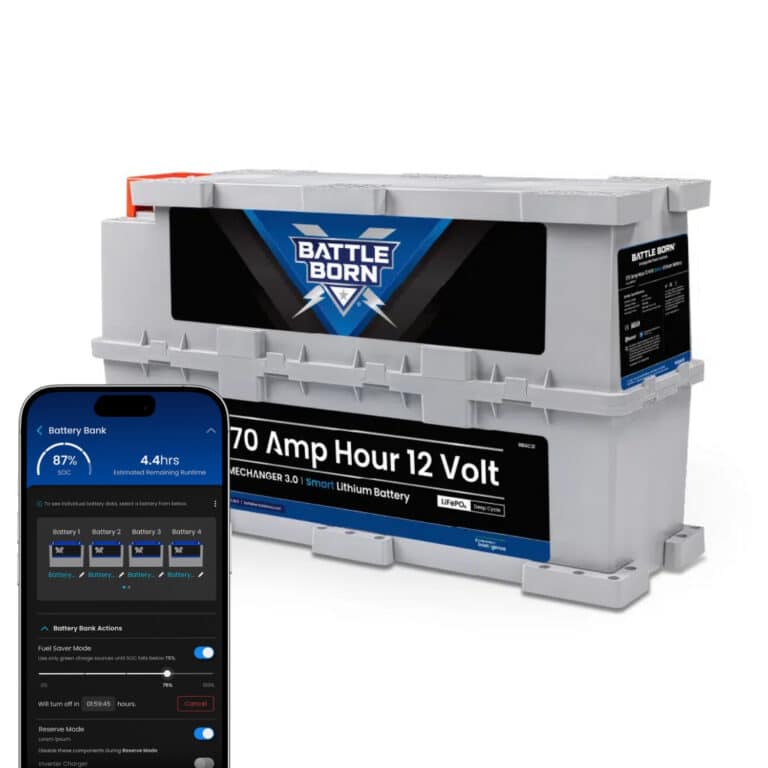




Ask a technical specialist now at 855.292.2831
Stay in the Know